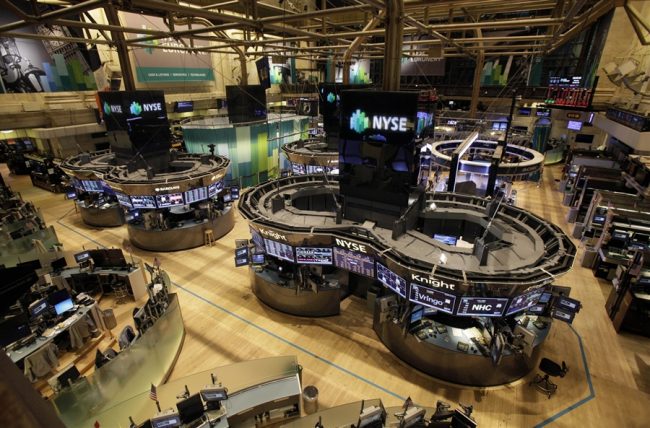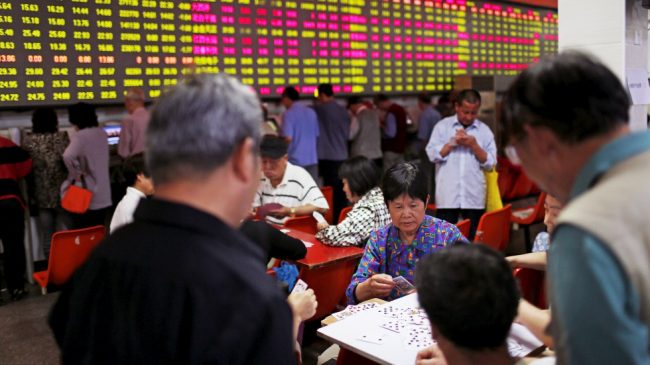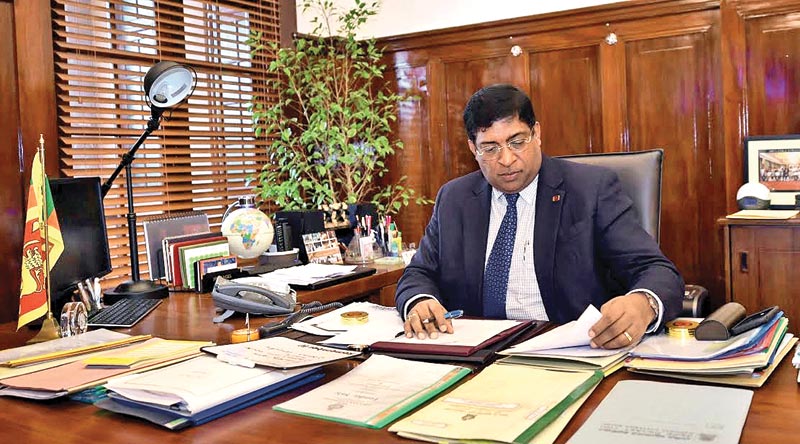
Last month saw small retailers around the country protest against the VAT hike, while investors found very little to cheer about. There was some rejoicing in the markets after the IMF granted approval for a 3 year, USD 1.5 billion loan under the lender’s Extended Fund Facility (EFF). However, concerns over rising interest rates continue to dampen activity in the stock market.
- The Average Daily Turnover (ADT) of equities dropped to around LKR 503 million compared to LKR 860 million in May. During the same time last year (June 2015), the ADT hovered at around LKR 765 million. The lower turnovers compared to last year are indicative of a broader trend where investors are flocking to fixed income instruments given the rising interest rate environment.
Fixed income instruments are usually considered to be less risky than equity investments. Hence, when interest rates start rising, investors flock to these instruments due their improved risk-return tradeoff.

Devoid of any activity, the trading floor of the NYSE looks eery. Image credit: Richard Drew/AP
- Both indices, the ASPI and the S&P SL20, declined by around 4% during the month of June, bringing down the market’s Price-Earnings Ratio (PER) to almost 13x. That is just a notch above the CSE’s average historical PER of around 12.5-12.7x, making this month, July, an excellent time to buy into valuable securities.

Chinese investors play cards while watching prices on the Shanghai Stock Market. Image credit: Reuters
- On the flip side, the decline in the PER also means an improvement in the market’s dividend yield, which now (or at least, as at the end of June) stands at 3.06%.

Dr. Indrajit Coomaraswamy takes over as the new Governor of the Central Bank of Sri Lanka. Image credit: LBO
With the new Governor of the Central Bank having indicated that the Central Bank is mulling over a tightening of monetary policy, the next few policy announcements will be watched with keen interest by investors, borrowers, and lenders alike. Given that core inflation rose to 6.4% in June (headline inflation rose to 6%), the Central Bank cannot continue to accommodate a relatively loose monetary policy for much longer. Simply put, interest rates will have to rise further in order to stop the economy from overheating, thereby choking the stock market. Thus, it wouldn’t be very surprising if the CSE remains rather lacklustre for much of the latter half of 2016.
The comments, opinions and analyses presented herein are for informational purposes only and should not be considered individual investment advice or recommendations to invest in any security or to adopt any investment strategy. Always seek independent advice.
Featured image courtesy: stockmarket-watch.com








